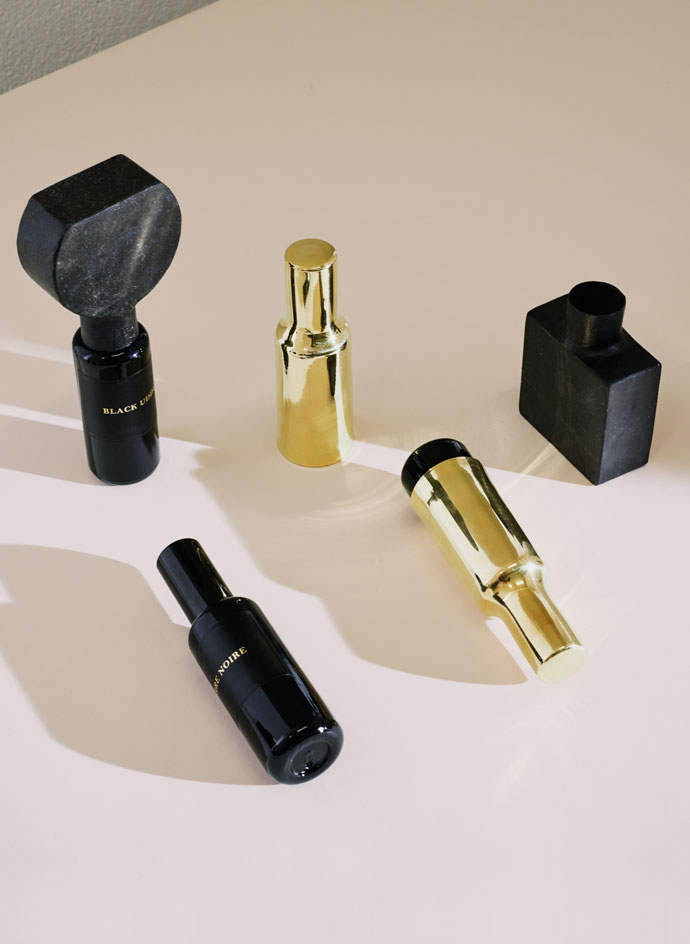Intensity curve: why the world of perfume is now going from strength to strength

Once upon a time, perfume meant parfum, whose aromatic ingredients are diluted in pure alcohol at their highest practical concentration (usually around 15-20 per cent). One or two drops of this intensely concentrated liquid would last for hours, but it was a luxury that only the very rich could afford. All that changed in the early 1900s with the development of synthetic aromas, the costs of which were a fraction of natural ingredients, while entrepreneurs like François Coty ushered in the age of mass luxury by selling the same scent at different strengths and prices, from expensive parfum to affordable eau de toilette (whose concentrations are more like 4-10 per cent).
Coty’s model has worked for the past hundred years, but recently big names like Tom Ford and niche brands like Heeley, Nasomatto and Ormonde Jayne have started offering fragrances at higher concentrations such as eau de parfum and extrait de parfum. Fragrance expert Michael Donovan puts this down to the fact we lead busier lives. ‘We don’t have time to reapply a fragrance throughout the day, so we need something with staying power.’
Alexandre Piffaut of Mad et Len, whose scents all come as eau de parfum, adds that working with higher concentrations ‘allows us to use the full potentiality of a note’. It’s a trend that can only get stronger.
As originally featured in the January 2016 issue of Wallpaper* (W*214)
INFORMATION
For more information, visit the Mad et Len website
Receive our daily digest of inspiration, escapism and design stories from around the world direct to your inbox.
-
 This cult Los Angeles pop-up restaurant now has a permanent address
This cult Los Angeles pop-up restaurant now has a permanent addressChef Brian Baik’s Corridor 109 makes its permanent debut in Melrose Hill. No surprise, it's now one of the hardest tables in town to book
-
 French bistro restaurant Maset channels the ease of the Mediterranean in London
French bistro restaurant Maset channels the ease of the Mediterranean in LondonThis Marylebone restaurant is shaped by the coastal flavours, materials and rhythms of southern France
-
 How ethical is Google Street View, asks Jon Rafman in Copenhagen
How ethical is Google Street View, asks Jon Rafman in CopenhagenIn 'Report a Concern - the Nine Eyes Archives' at Louisiana Museum of Art, Copenhagen, Jon Rafman considers technology's existential implications